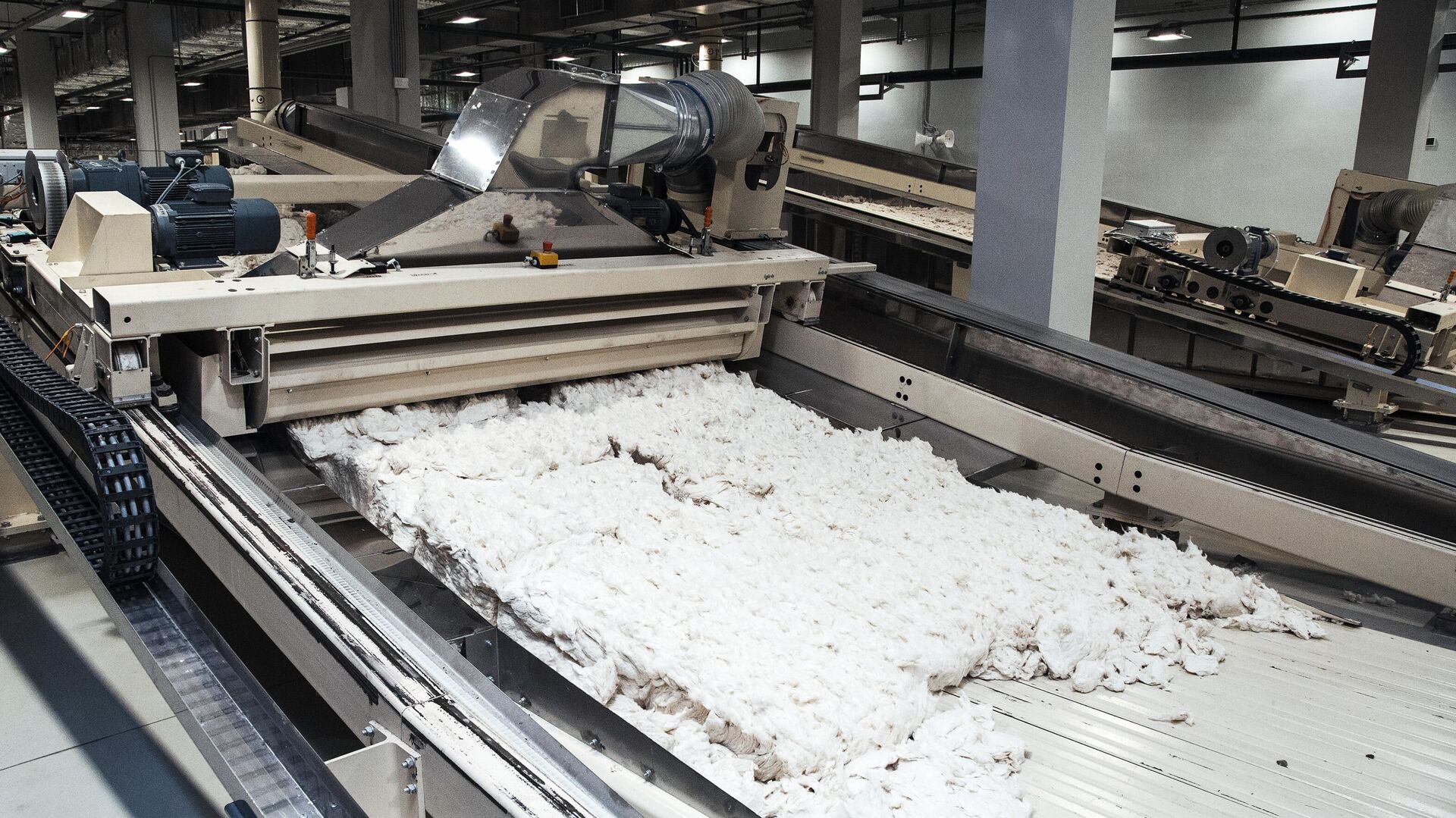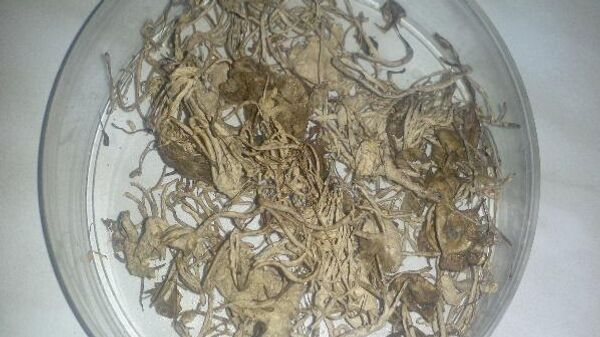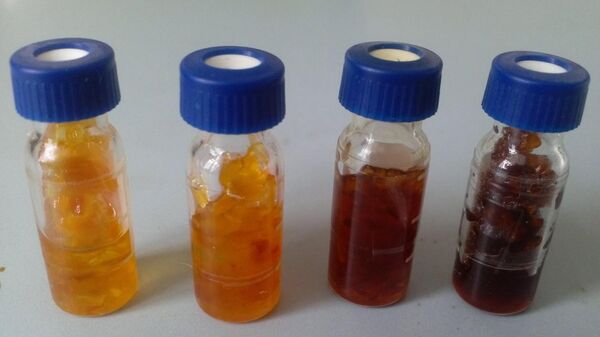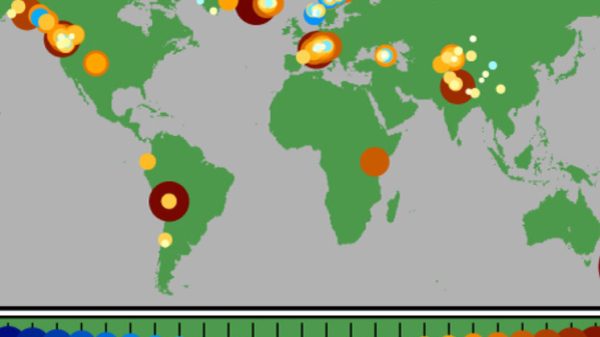
MOSCOW, November 29. NArFU scientists have proven the possibility of replacing hazardous solvents used in the production of cellulose with an environmentally friendly alternative — ionic liquids (molten salts). According to the study's authors, experiments conducted with various types of wood and the biomass of Arctic brown algae of the Fucus vesiculosus species showed that the resulting products differed little from analogues produced by other methods. The results of the work were published in the journal Molecules.
The pulp and paper industry is an unecological and harmful type of production. To produce paper, they not only cut down forests, but also use many toxic substances (in particular, sulfur compounds), said specialists from the laboratory of chemistry of natural compounds and bioanalytics, the Arctic base center of the Northern (Arctic) Federal University (NAFU).
< /span>
Organic solvents, as experts explained, are necessary to completely break down wood material for subsequent processing. The solution from plant biomass is fractionated, that is, separated by precipitation. This is necessary to separate the polysaccharide fraction, including cellulose, from other components of plant biomass.
In classical technologies, only this method of isolating polysaccharides is used, since all studies and descriptions concerned traditional solvents : the degree of extraction of substances and their quality are known, experts explained.
NArFU scientists conducted a series of experiments on dissolving wood and brown algae biomass in ionic liquids, which can replace toxic compounds.
«
“An ionic liquid is a molten salt consisting only of ions. A classic example is common table salt (NaCl). At room temperature these are crystals, but if they are heated to 800°C, the resulting molten salt will be a classic ionic liquid. In our work, we used organic salts, which turn into a liquid state at room temperature,” said Anton Ladesov, head of the Department of Innovative Development of NArFU.

1 of 2

2 of 2
1 of 2
2 of 2
He emphasized that the researchers selected a number of solvents for plant biomass — 1-butyl-3-methylimidazolium salts. After completely dissolving the plant material and obtaining the polysaccharide fraction and lignin (a polymer compound found in almost all land plants and some algae) from the solution, NArFU scientists studied the resulting products.
«We completely dissolved wood and algae biomass with ionic liquids at different temperatures for different times. Then the solution was poured into acetone to separate the natural polymer lignin, which dissolved in acetone, from the polysaccharide fraction that precipitated. Then the acetone was evaporated, precipitating lignin. We got the target products are lignin and polysaccharide and studied them with all the methods available to us: infrared spectroscopy, nuclear magnetic resonance spectroscopy, mass spectrometry, X-ray diffractometry,” Ladesov explained.
The results of the study showed that substances obtained using the new method are not inferior in their properties to products produced using other methods.
According to Ladesov, the main difficulty in “greening” the pulp and paper industry is the relatively high cost of ionic liquids. Therefore, in the future, the team of authors plans to move on to studying a variety of ionic liquids — deep eutectic (easy-melting) solvents, the composition of which is a mixture of organic and inorganic salts.




















































Свежие комментарии